CPTPP impacts on small and medium enterprises
 |
| Luong Hoang Thai, director general of the Multilateral Trade Policy Department |
Will Vietnam’s interests be harmed by the CPTPP, especially because it is being enacted without the participation of the USA?
All 11 countries signing the CPTPP have committed to open their market, investment and public procurement according to what had already been agreed on in the TPP. That’s why, basically speaking, zero per cent of taxes will be levied on goods among all the CPTPP members. However, the other 10 member nations have agreed to give Viet Nam a longer road map in implementing the tax article.
The other 10 member nations have committed to opening their markets for Vietnam at a high level. For example, for the case of ca ngu (tuna fish), Japan has agreed to open their market for our tuna fish. In addition, they are also committed to opening their markets for our agricultural products.
CPTPP members without the USA is still committed to opening their markets for Vietnamese goods, particularly in the areas of agro-fishery products, textiles, shoes and sandals. More particularly, the CPTPP will have positive impacts on our country’s poverty alleviation program.
Will you please talk a bit further about the likely benefits to our export activities?
All signatories to the Free Trade Agreement (FTA), including Vietnam, are looking for opportunities to expand their markets. Under the CPTPP this content will remain the same as what had been agreed in the TPP. That means the criteria for market opening remains very high.
Regarding goods trade, a road map has been reached for the zero per cent tariff to be levied on goods among the 11 nations. However, for developed nations, the road map is about seven years while for developing nations, the road map will be longer to make it suitable to their development conditions. Basically speaking, the other 10 member nations have agreed to grant Viet Nam a special treatment, no taxes for all of its goods.
At present, on average, the export tax among CPTPP members is around 1.7 per cent. So if Vietnam enjoys free tax, it will have a direct positive impact on our exports. Although the USA is no more a member to the CPTPP, with its population of 320 million people, Viet Nam will enjoy big benefits.
Besides the field of goods, the CPTPP has also offered us quite a lot of benefits, including the fields of services, investment and the public procurement from the other 10 member nations. For example, in the past, Viet Nam’s public procurement activities abroad were very limited. But nowadays, such activities have increased. A case in point is that the FPT Corporation has offered its software services in Japan.
Will you please talk more about the direct impacts of CPTPP on Vietnam?
Joining the CPTPP is a vivid demonstration of Vietnam’s resolve to reform in the course of its international integration. This is an indirect benefit for the country.
According to research, indirect benefits are greater that the direct benefits from the opening of the market. World Bank research has shown that the CPTPP will directly help Viet Nam to increase its GDP to 1 percent, but indirectly, it may help Vietnam reach a 3.6 percent increase in its GDP.
In reality, signatories to a free trade agreement all agree to apply the same rules of the game. That’s why, in many cases, the non-tariff barriers among the country members have been slashed considerably.
For example, it took Vietnam many years to persuade foreign importers that our Vietnamese Thanh Long (dragon) fruits are safe to eat. But now our dragon fruits have met the FTA criteria, the importers will feel at ease to import our fruits.
How are Vietnamese enterprises preparing for the CPTPP?
I still remember when Vietnam joined the ASEAN Free Trade Agreement with Australia and New Zealand, many people argued that we would not be able to compete with dairy products from Australia or New Zealand as the price of the dairy products were the cheapest in the international market. But in reality, our dairy products have been improved considerably. This is a good lesson for us. We should adjust the economic structure in whatever sector has good competitive advantages.
The CPTPP has come up with a long road map in tax reduction for all enterprises to prepare. Of course, small and medium enterprises will face many challenges in this course. So they should pull their efforts to seize golden opportunities presented to them in the course of international integration.
What the stars mean:
★ Poor ★ ★ Promising ★★★ Good ★★★★ Very good ★★★★★ Exceptional
Themes: CPTPP
Related Contents
Latest News
More News
- AkzoNobel sets standard in consumer electronics with sustainable and innovative coating solutions (March 12, 2024 | 10:08)
- Saint-Gobain promotes sustainable construction in Vietnam (February 29, 2024 | 09:00)
- Increasing private investment in healthcare – A long journey ahead (February 27, 2024 | 16:43)
- Get ready for a massive AI shift (February 15, 2024 | 10:04)
- Well-positioned to capture growth opportunities in Vietnam (February 05, 2024 | 13:22)
- Japan-Vietnam economic ties on long-term trajectory (December 14, 2023 | 11:56)
- DHL Express opens new gateway in Hanoi (December 13, 2023 | 08:00)
- AEON committed to more sustainable consumption (November 23, 2023 | 14:42)
- Shared solutions can bring out best in green ambition (November 20, 2023 | 11:05)
- SLP Vietnam empowering sustainable development in the logistics sector (November 20, 2023 | 10:56)



 Tag:
Tag: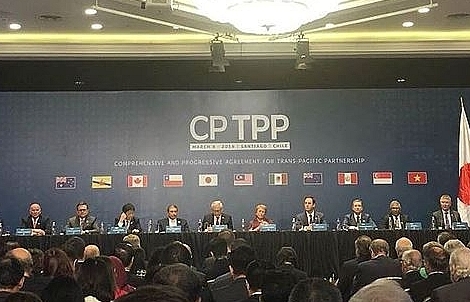
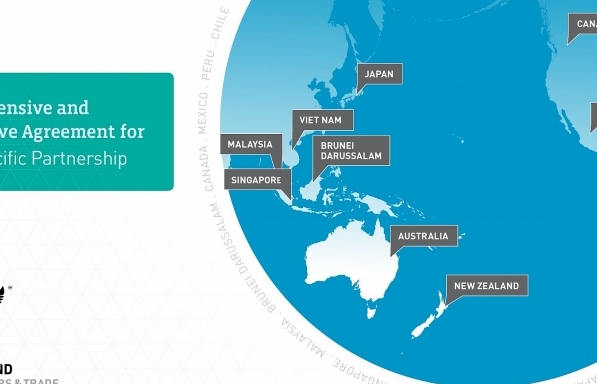

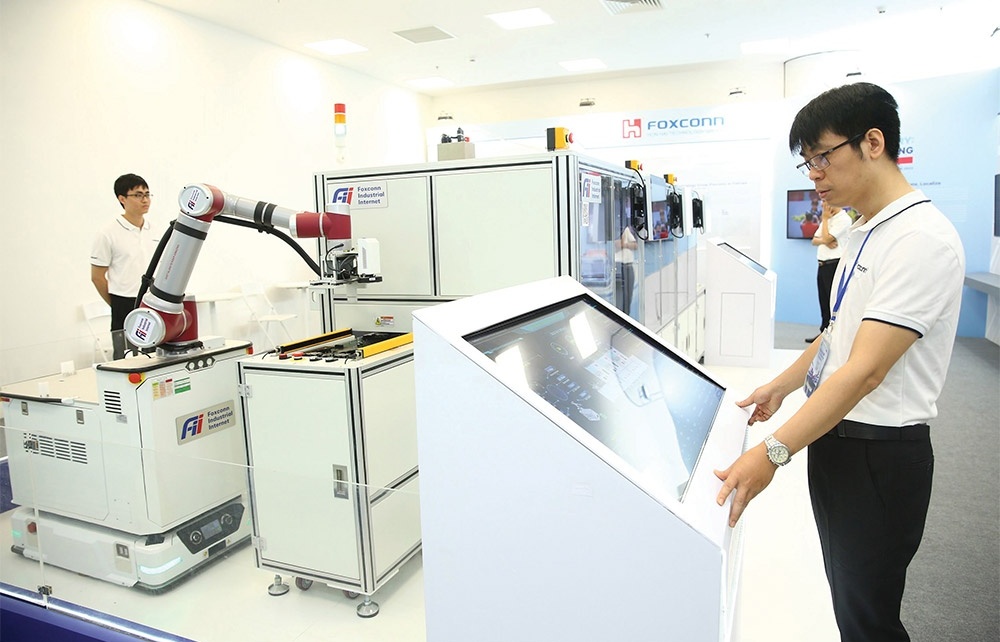




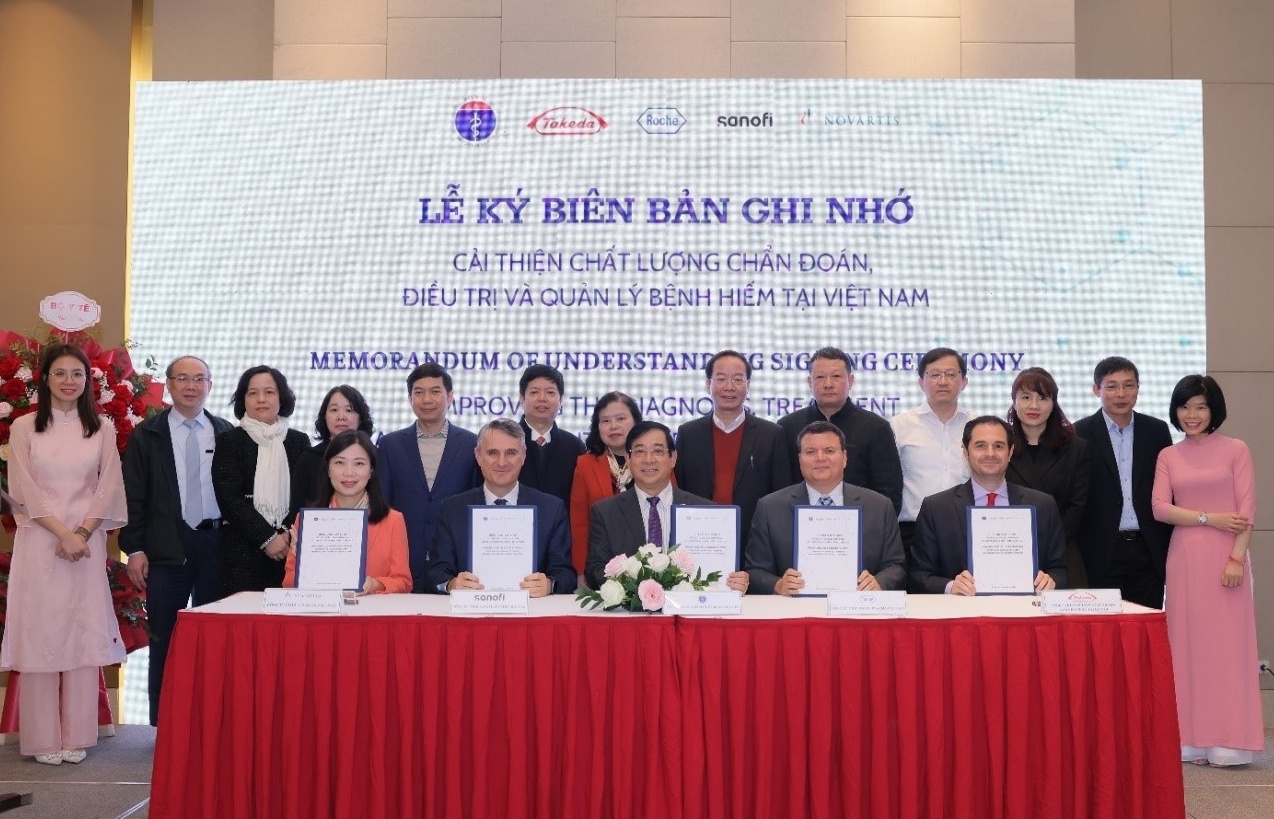






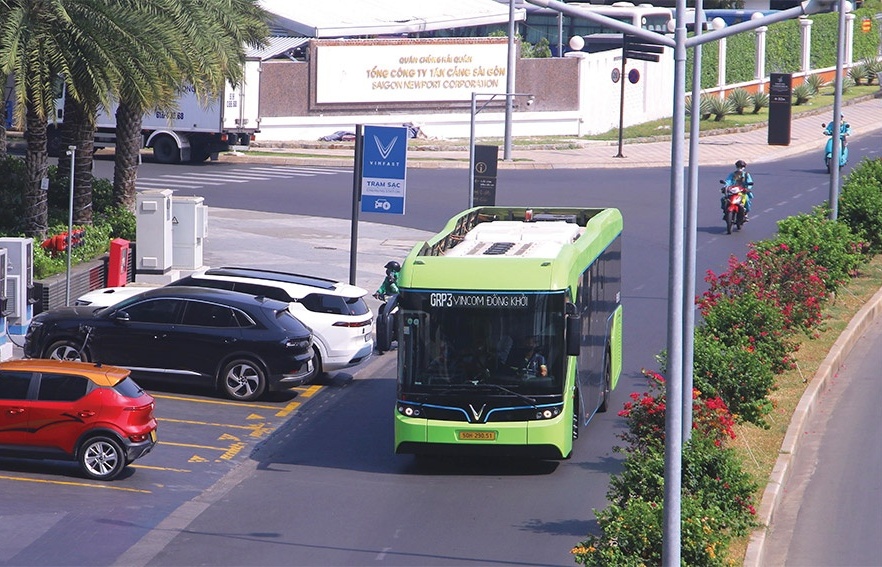
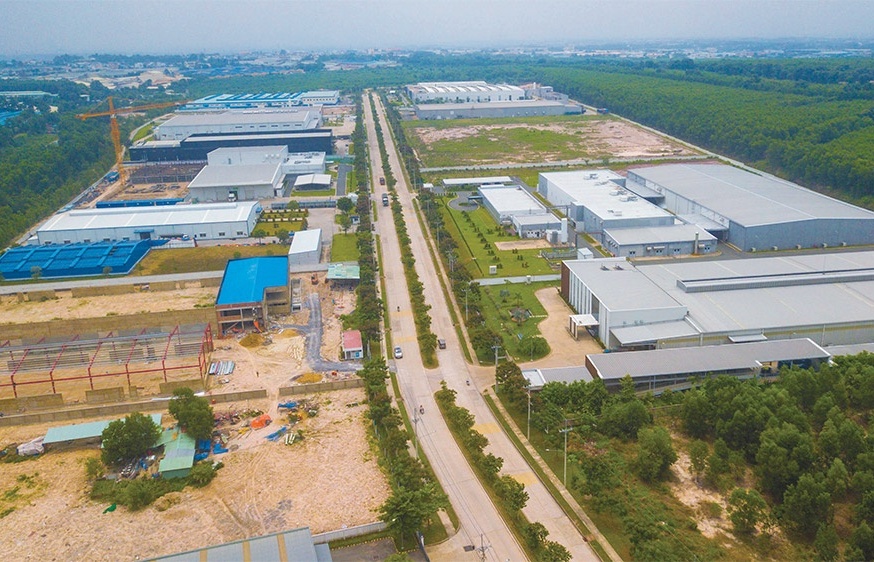



 Mobile Version
Mobile Version